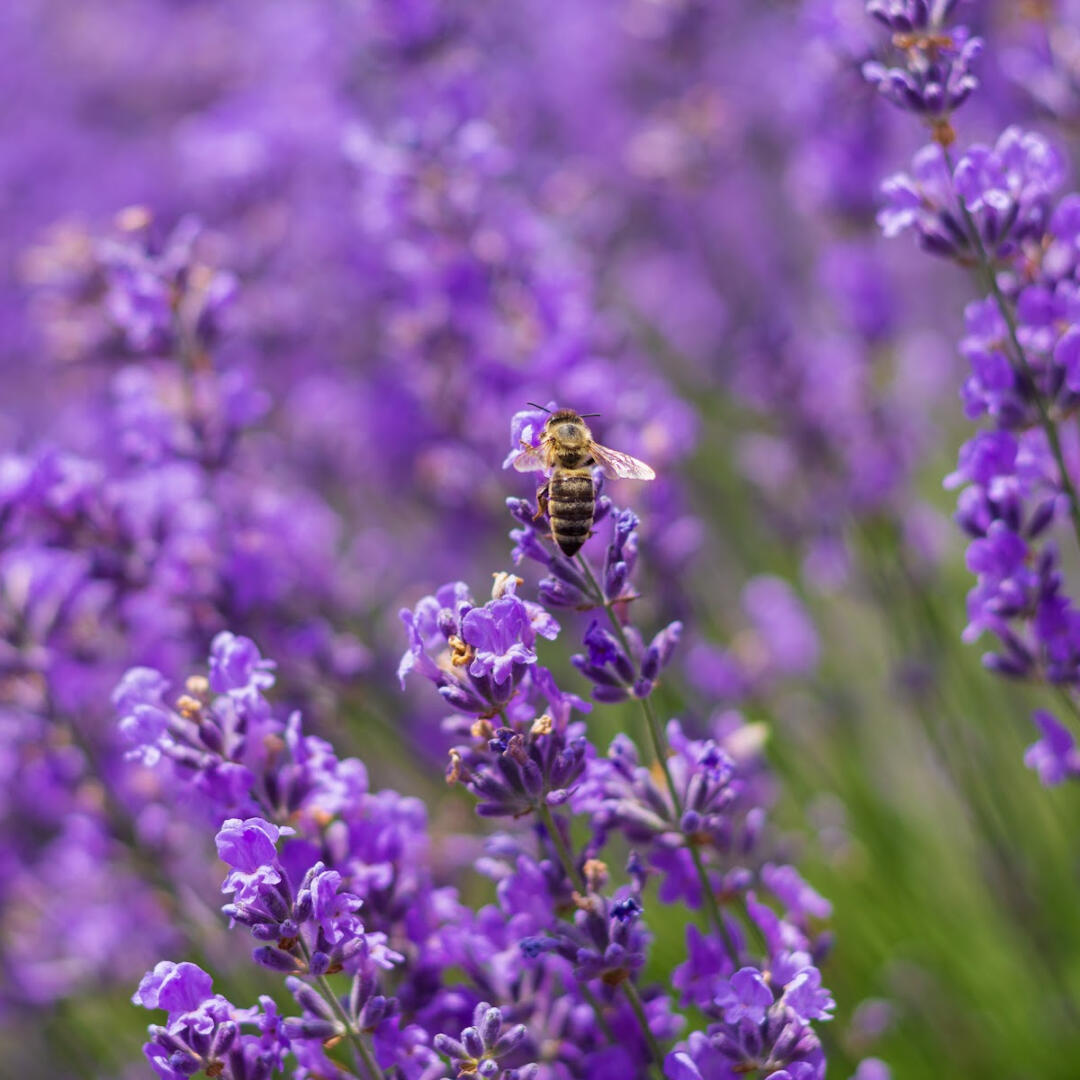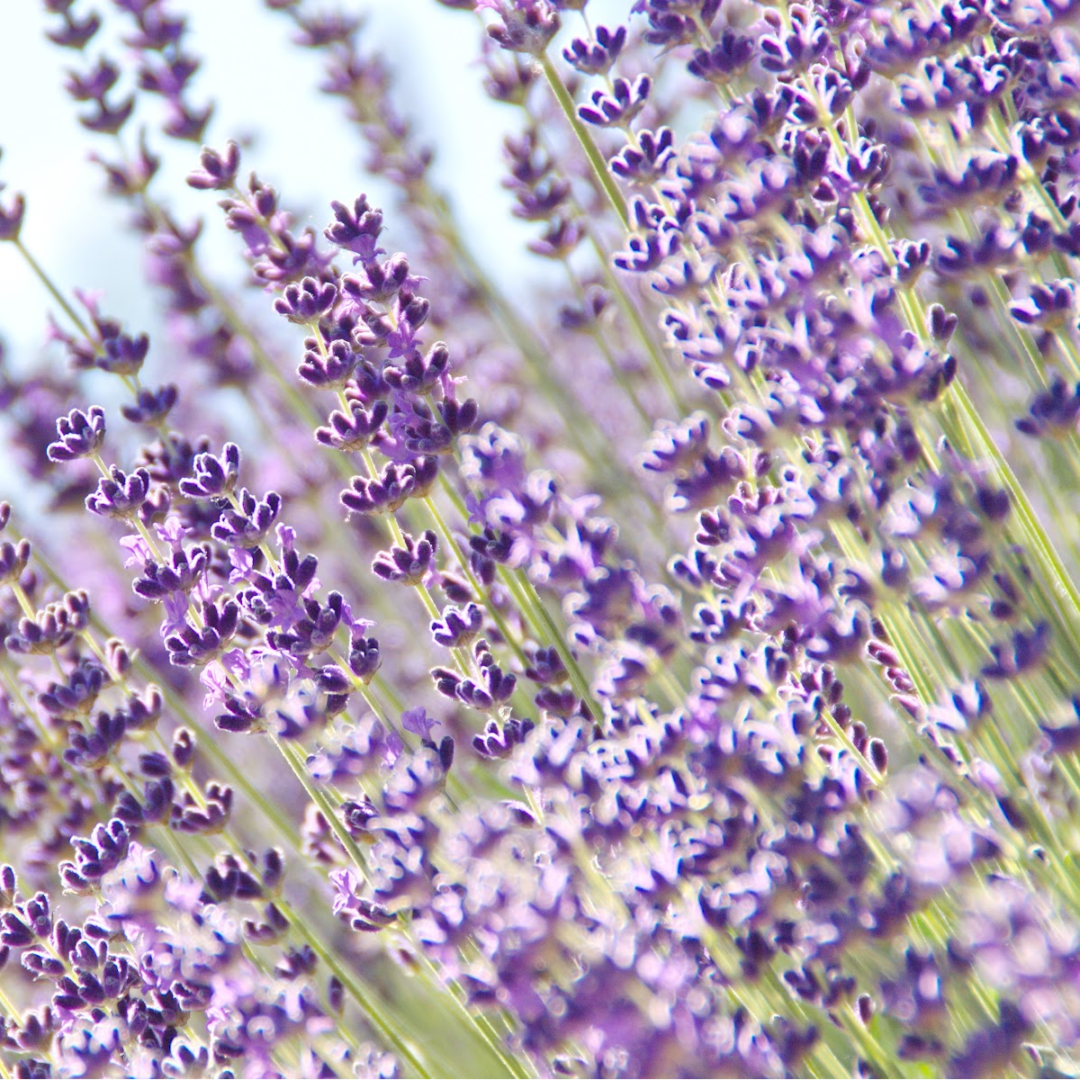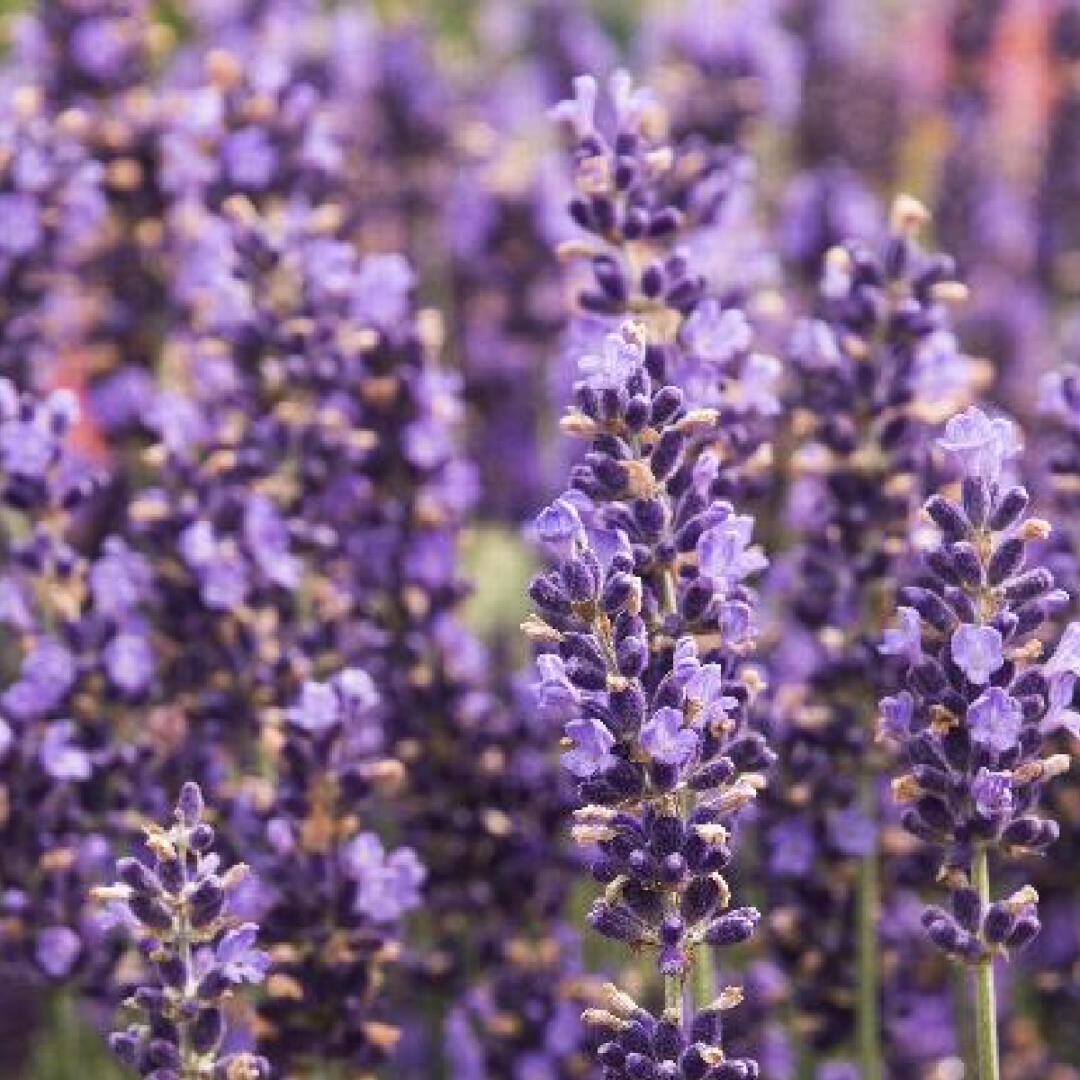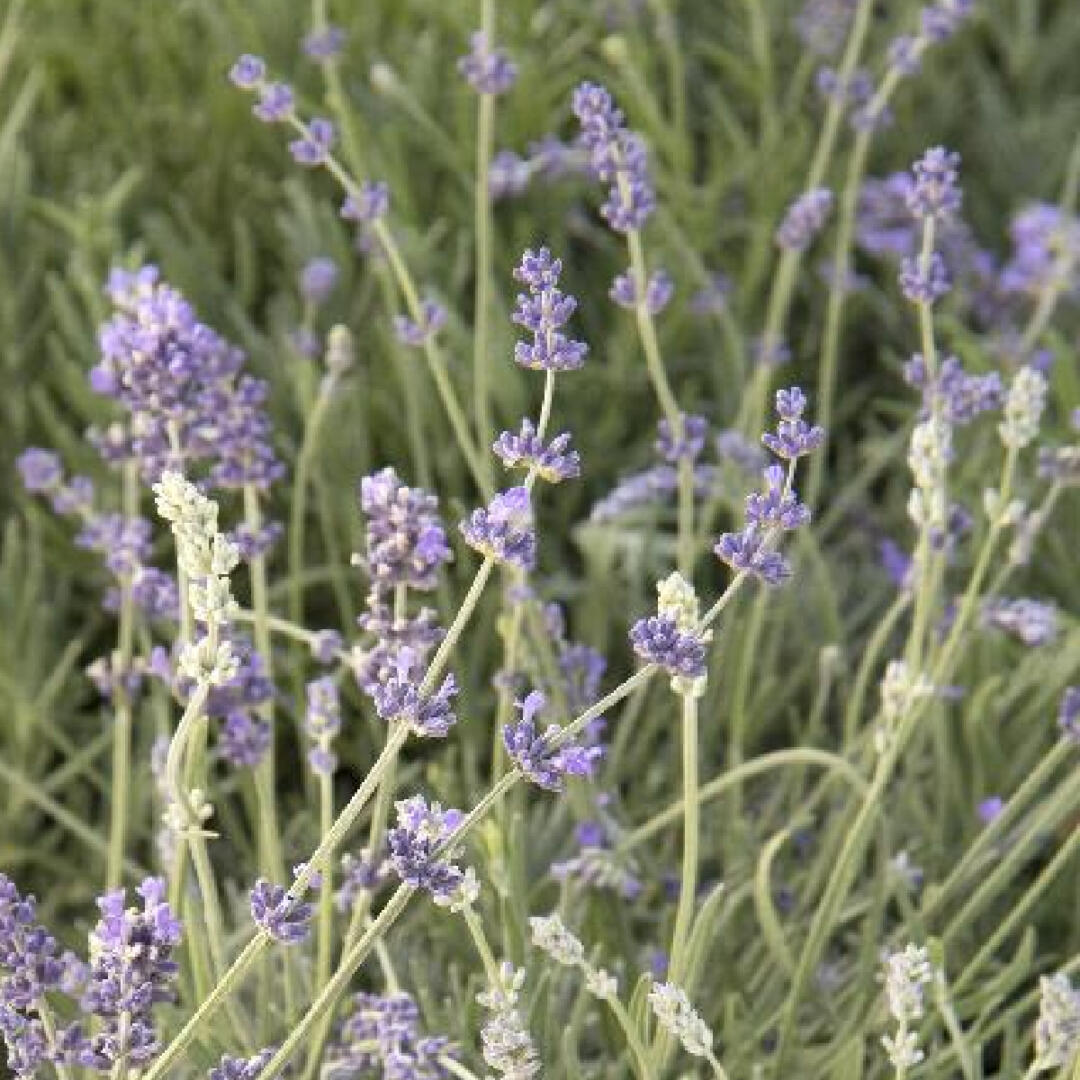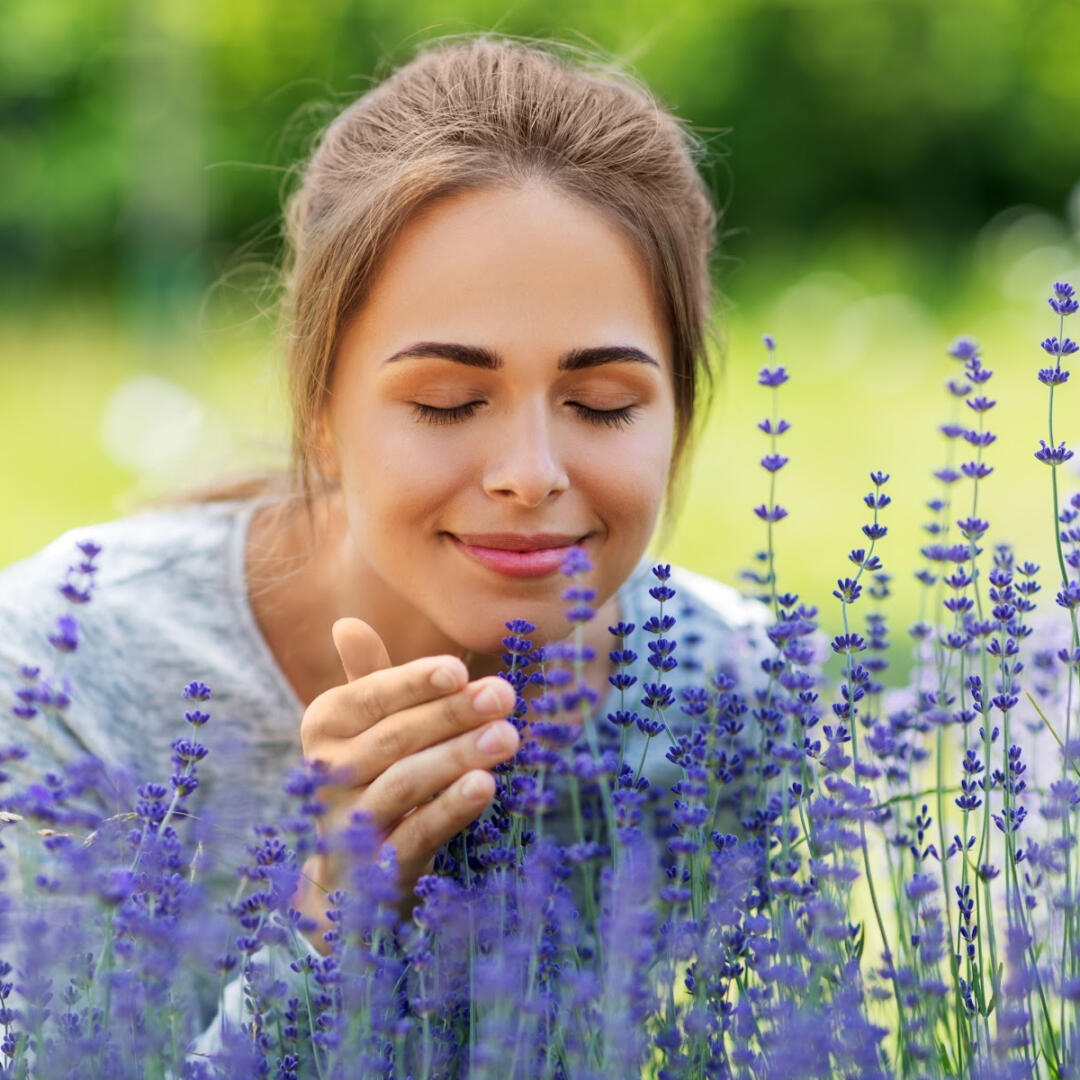Care and maintenance are very similar: lavender thrives in full sun and can take the heat of the midday sun without fading.
Soil requirements are fairly simple: they prefer a balanced pH and well-draining soil. If you have clay or dense soil, simply add some sand when you plant.
Once established, lavender requires infrequent watering, so you don’t have to monitor them closely. For optimal blooms, it’s best to keep the soil moist, but generally, English and French lavender are drought tolerant.
The only regular maintenance needed is pruning or dead-heading spent blooms. Removing dead flowers allows the plants to produce more blossoms.
Besides color, the appearance of French and English lavender are only slightly different. Both varieties produce shades of the characteristic purple flowers with green foliage. English lavender provides the traditional dark purple-lavender appearance with long stalks of tiny flower clusters. These clusters cover the top, wavy, wand-like section of the stem.
French lavender produces blooms that are a lighter pink-purple compared to the dark purple hue of English lavender. In some varieties, flower petals are long and thin and produce almost leaf-like petals.
Although the flower displays are different, both of these plants produce similar thin, deep green foliage that contrasts beautifully against their blooms. On both varieties, the foliage forms a bush shaped base for the flower stalks to shoot out in the spring as they prepare to dazzle your landscape with countless blooms.
It’s important to know that what peope call French lavender is one of two different species. These are Lavendula stoechas (in the United Kingdom), and Lavendula dentata (in the U.S. and all other areas of the world). English lavender is always Lavendula angustifolia


